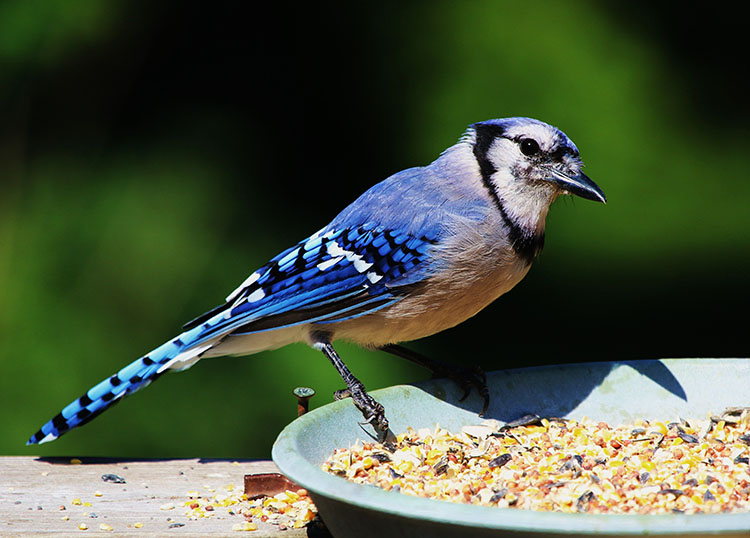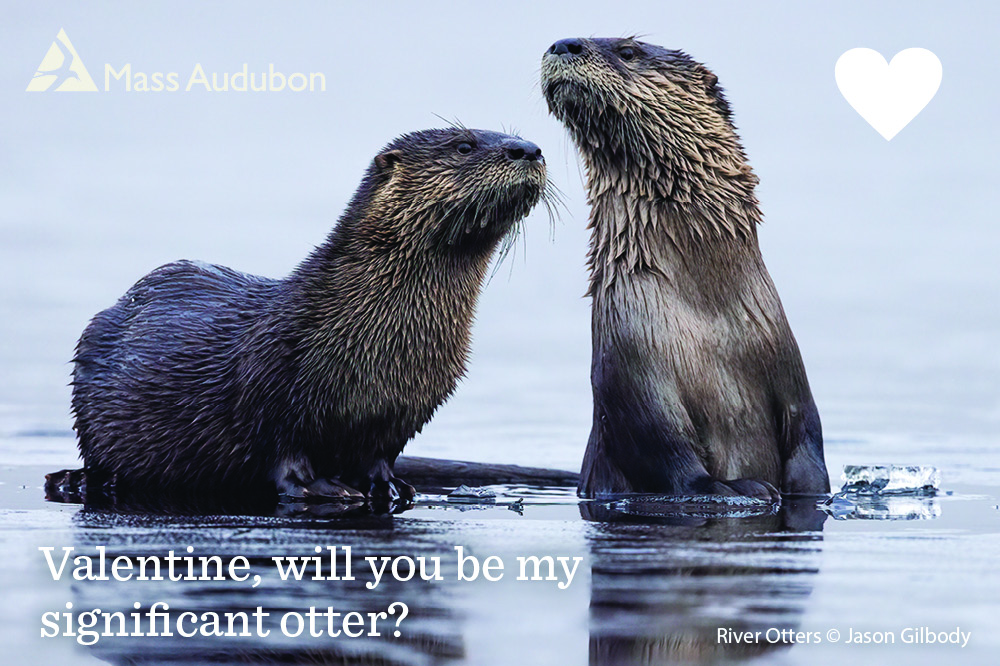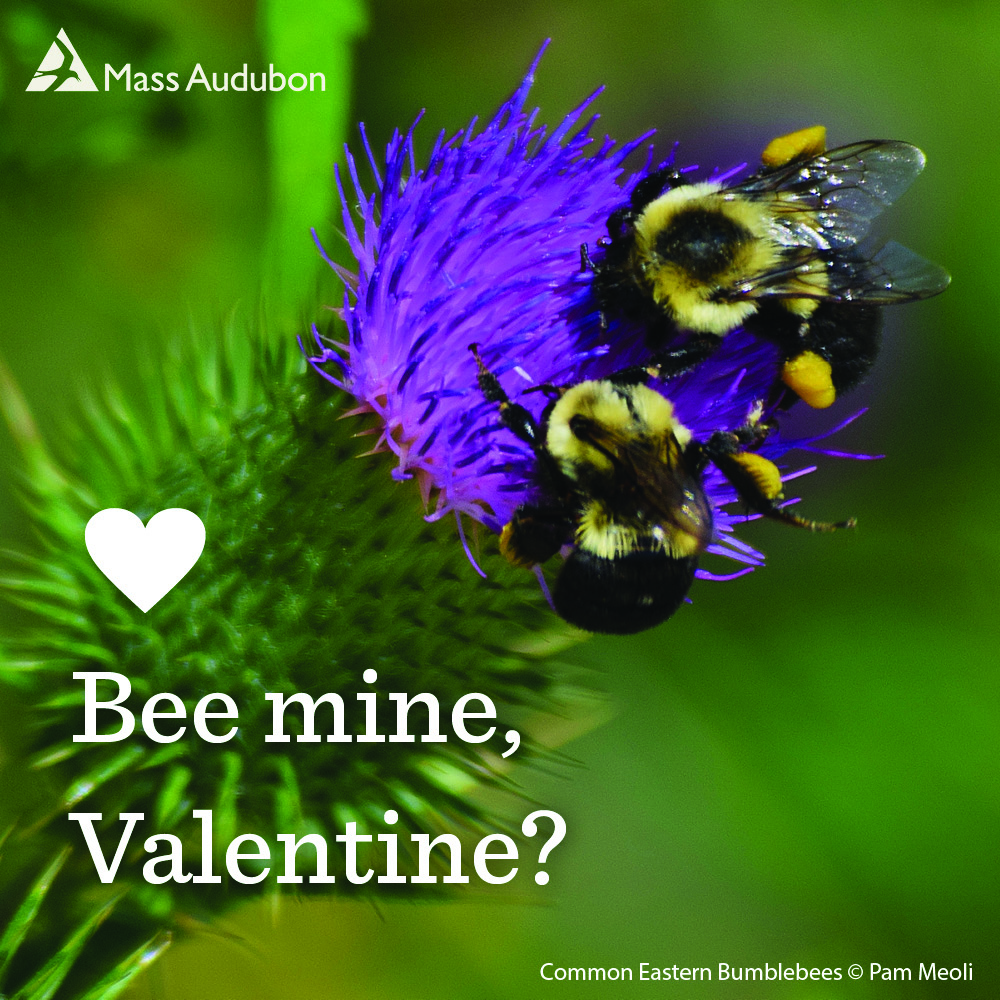Feeding birds is a fun and easy activity for people of all ages. If you’re new to bird feeding or looking to up your game, keep reading to learn some tips and tricks about safely feeding your neighborhood birds!

DO
Do research on what type of seed to get. Different birds prefer different types of seed, however, black oil sunflower seeds appear to be the favorite for most bird species.
DON’T
Don’t feed birds processed foods like bread or crackers. When birds snack on these kinds of food, they can fill up without getting any nutrition. It’s important that they eat natural foods that provide them the right nutrients to keep them healthy.

DO
Do regularly clean your bird feeder. Lots of birds clustered around a feeder can contribute to the spread of disease, so it’s important to clean every two weeks. If you notice a sick bird, take down the feeder for at least two weeks to prevent other birds from being contaminated. Areas underneath should be raked periodically to remove hulls and uneaten seeds.
DON’T
Don’t store your bird seed in hot, moist areas prone to rodents. Aluminum trash cans with tight-fitting lids are ideal rodent-proof containers for seeds.

DO
Do plan out where you will place your bird feeder. Birds often look for feeders near trees or shrubs to protect them from predators. You also don’t want it to be too close to trees where a squirrel can jump onto the feeder. Placing your feeder 10-15 feet away from trees and shrubs should provide the right balance!
DON’T
Don’t forget to take your bird feeder in if you live in an area with black bear activity. For many communities in central and western Massachusetts, it may be a good idea to remove your bird feeder between the months of March and November, when black bears are out and about. Some bears remain active in winter if food is available, so keep an eye out for signs of a bear in your area.
Ready to get started? Stock up on your bird feeding supplies at the Mass Audubon Shop!









